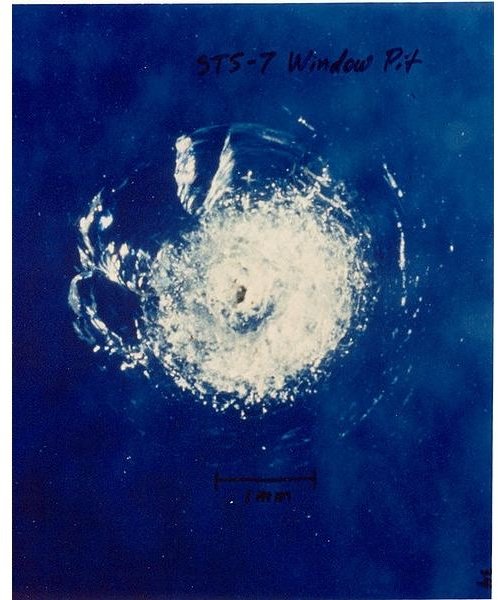How We Can Prevent Space Junk: The Dangers of Space Debris
Is There Really Junk in Outer Space?
According to the U.S. Space Surveillance Network, there are more than 13,000 man-made objects in orbit that are large enough to track. This number is much larger if you consider the smaller orbiting space junk that aren’t picked up by radar. This debris is called space junk, and can be very problematic; causing damage to satellites and posing a threat to space walkers.
Space junk includes a variety of objects such dysfunctional satellites, paint chips, satellite fragments and other debris. Anything that humans leave in space (especially if it doesn’t work any longer), contributes to this collection called space junk.
Space junk has become a concern because of the potential destruction it can cause to viable equipment and space walkers in orbit. For example, in 2007, a Chinese test of an anti-satellite weapon, generated millions of new pieces of space junk. This event will pose a danger to working satellites in orbit and astronauts for years to come.
After experiencing a malfunction, a Russian rocket booster exploded over Australia in 2007. The US Air Force radars detected over 1,000 fragments; which poses additional hazards to equipment and people in orbit.
The Dangers of Space Debris

Space debris can be a serious issue; causing extensive damage to objects in space. When this occurs, a functional orbit can become completely disabled because of the impact. This occurrence creates even more space junk – greatly contributing to the issue. Astronauts are also extremely vulnerable to space junk especially when they are participating in space walks. (See a very dramatic video of how debris is generated and spread.)
Space junk the size of a paint chip can cause damage to space shuttles and endanger people in orbit. This is because the debris is traveling about 25,000 miles per hour.
Preventing and Monitoring the Problem
In recent years, the concern about space junk has increased. For this reason, new spacecraft are being designed with special armor to minimize the damage caused by this occurrence. The armor has a strengthened heat shield; designed to protect important spacecraft parts from space junk impact. Engineers also use thick wall construction and mutli-layer shields made with foil and hydrocarbon materials to protect spacecraft. The success of the armor won’t be known until new spacecraft fly in the next decade.
The European Space Agency has launched a program to carefully monitor space junk. They are also creating standards to prevent future collisions above the planet, hopefully reducing the amount of this type of debris in orbit. According the MSNBC’s article “European Space Agency to Track Space Debris,” the European Space Agency is investing 64 million dollars in this program called “Space Situational Awareness.” The program’s goal is to increase information to scientists about satellites and other debris that are in orbit; minimizing the frequency of collisions in space.
This program was launched February 10, 2009, shortly after two satellites collided in orbit and created space junk that could circle the earth for 10,000 years or more. The incident involved a derelict Russian spacecraft created for military communications and a satellite owned by Iridium Satellite (US Based Company) that serviced the United States Department of Defense as well as commercial consumers.
Scientists believe the best approach to dealing with space junk is minimizing the amount of debris produced, since there is too much to clean up.
